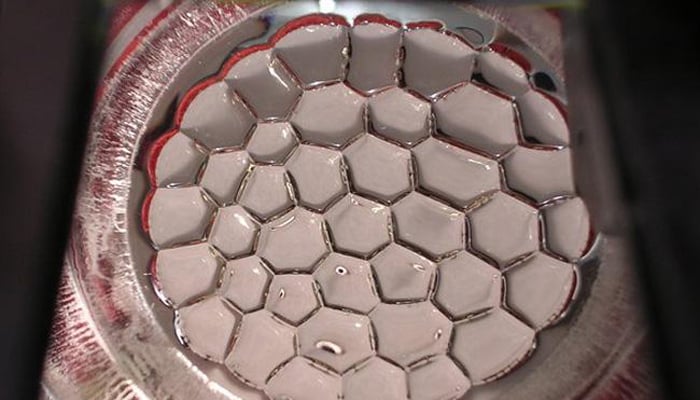17-year-old Pakistani making waves in the world of physics
'I think it’s outstanding for so young a scientist to reproduce these results'
October 05, 2017

KARACHI: A 17-year-old high school student in Pakistan replicated a physics visualization, and developed results that surprised some older scientists, The News reported.
Muhammad Shaheer Niazi, as per details revealed by international media, has replicated the phenomenon and presented his work like a professional scientist.
The young student developed photographic evidence of charged ions creating the honeycomb, and published his work in the journal Royal Society Open Science on Wednesday.
According to a New York Time’s report, an electric honeycomb behaves like a capacitor. In this case, the top electrode is a needle that delivers high voltage to the air just a few centimeters above a thin layer of oil on the other flat, grounded surface electrode.
The thermal images puzzled Alberto T. Pérez Izquierdo, a physicist at the University of Seville in Spain. Neither Izquierdo nor others had previously explored temperature changes on the oil’s surface. Determining the heat’s origin is an interesting question that requires more study, he said, while praising Niazi’s experimental skill.
“I think it’s outstanding for such a young scientist to reproduce these results,” Dr Izquierdo said.
Niazi hopes to further explore the mathematics of the electric honeycomb, and in the future, dreams of earning a Nobel Prize in nature — and in the electric honeycomb — as he points out, “nothing wants to do excess work,” but he’s getting started early anyway.











